What’s the deal with tofu? It’s a common myth that soy foods and tofu are not safe to eat. Let’s separate fact from fiction when it comes to the health benefits of tofu and soy foods. You’ll never again have to wonder if it’s safe to eat tofu if you want to!
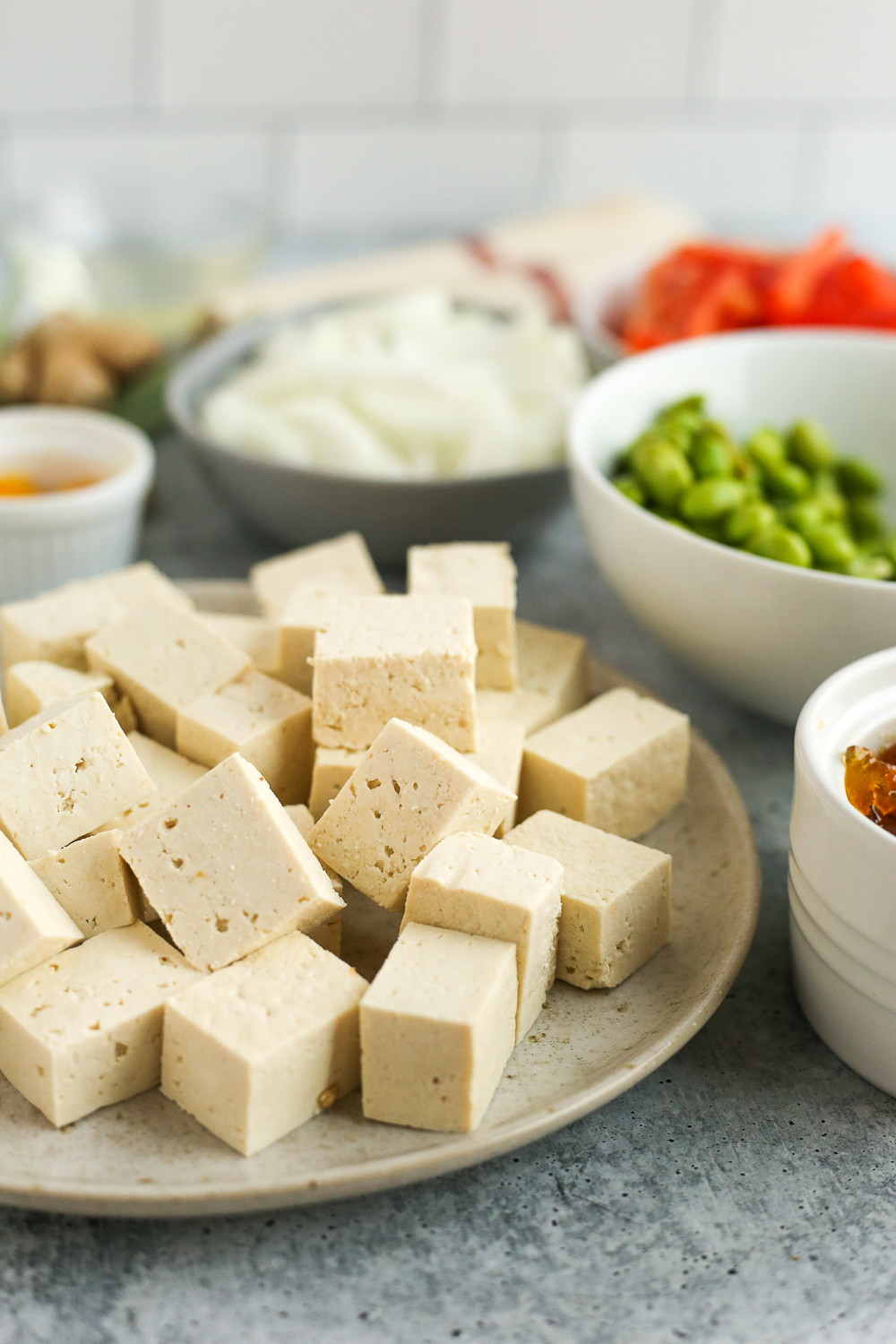
As a registered dietitian, this has to be one of the most common questions I get. The myths about soy are so prevalent, even folks who are otherwise well-versed in health and nutrition might hesitate when it comes to tofu.
Food preferences aside, there’s no reason for most people to avoid tofu or other soy foods. I’ll get into what the exceptions are, but just know that if tofu was somehow harmful for health or dangerous to eat, a lot of people around the world would be in trouble! There’s a lot to unpack here, so settle in for a longer post. As a dietitian who advocates for fearlessly nourishing meals, I want you to have as much info as you need to make a decision that feels right for you.
And if you simply don’t like the taste or texture of tofu, well, that’s totally fine, too! Click back to Gentle Nutrition or the Recipe Archive.
If you’re looking for facts on soy and cancer, read this post about The Dangers of Soy Debunked.
Looking for something specific about tofu? Use the links in the table of contents below to jump ahead. You’ll be missing a lot of good information, but I understand if you’re in a hurry!
What I’ll Cover In This Post
I am a registered and licensed dietitian, but that does not mean I am your dietitian. The information shared and posted on this blog is simply meant to provide education and inspiration. It is not a substitute or replacement for medical advice, medical nutrition therapy, or individualized nutrition counseling. I will always recommend that you speak with your primary healthcare provider before making any changes to your diet or lifestyle.
What Is Tofu?
Tofu is a type of processed bean curd. It can be coagulated with calcium sulfate or set with nigari (bittern) which is a type of salt solution with magnesium chloride. Tofu is a processed food, but as I always say, processing serves a purpose. In this case, it turns soybeans into a versatile food that’s more convenient to store, cook, and eat.
Tofu is a popular soy food, beloved in Asian cuisines for centuries. Although bland on its own, it can take on flavors from other ingredients, such as a sauce. That’s one of the reasons I love it. Whether I’m craving something simple or spicy and super seasoned, tofu can do it all. If you’ve tried it plain and thought, “Hmmm, this might not be for me,” I encourage you to try it with other seasonings, sauces, or cooking methods!
It’s typically sold as a block of tofu, ranging in texture and density from silken tofu (very soft) to extra-firm tofu. Each type of tofu has unique characteristics suited for different cooking methods and dishes. Skip ahead for cooking tips and recipe inspiration.
Tofu is a popular food for vegetarians and vegans because it’s rich in plant-based protein. However, it can also complement meals with eggs, meat, poultry, or seafood. Don’t mistake tofu as something only for vegans, as you don’t have to follow a plant-based diet to partake. Most of the people I work with who like tofu eat a diet that includes both plant-based and animal-sourced proteins.
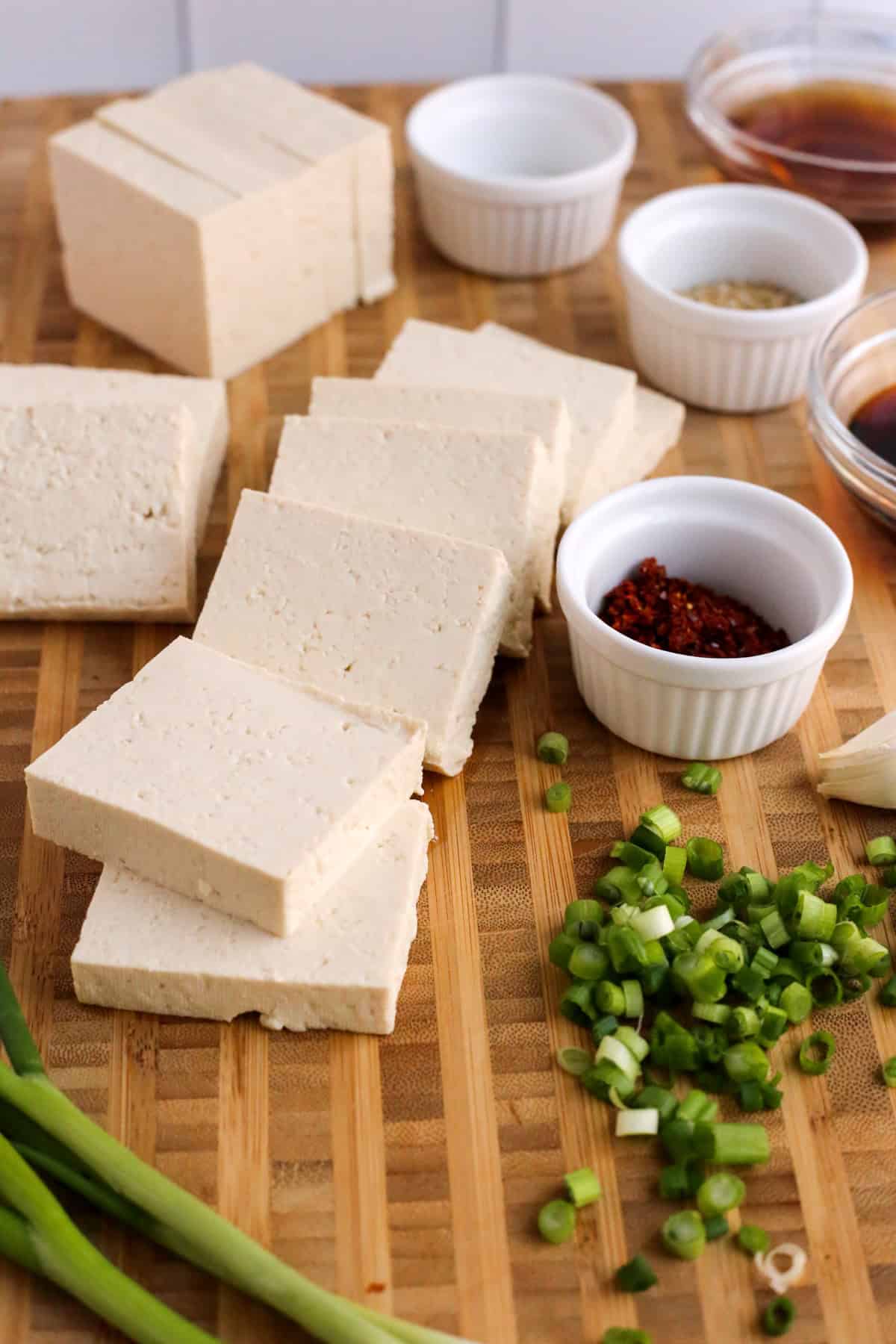
Other Common Soy Foods
Tofu is one of the most popular soy foods, but it’s far from the only one available in American grocery stores.
These are some other common soy foods besides tofu:
- Edamame, usually frozen and available in pods or already shelled
- Seitan
- Tempeh
- Natto
- Soy bean sprouts (not to be confused with mung bean sprouts, which are similar but are sprouted from an entirely different legume)
- Soy-based meat alternatives, such as veggie burgers
- TVP, or textured vegetable protein. Although the name suggests otherwise, the primary ingredient is soy.
- Soybean oil, usually labeled “vegetable oil” in the United States
- Fermented soy foods like miso paste or doenjang used for making sauces and adding flavor
- Soy sauce and tamari
- Soy milk
- Soy protein isolate, which is used in supplements like soy-based protein powders
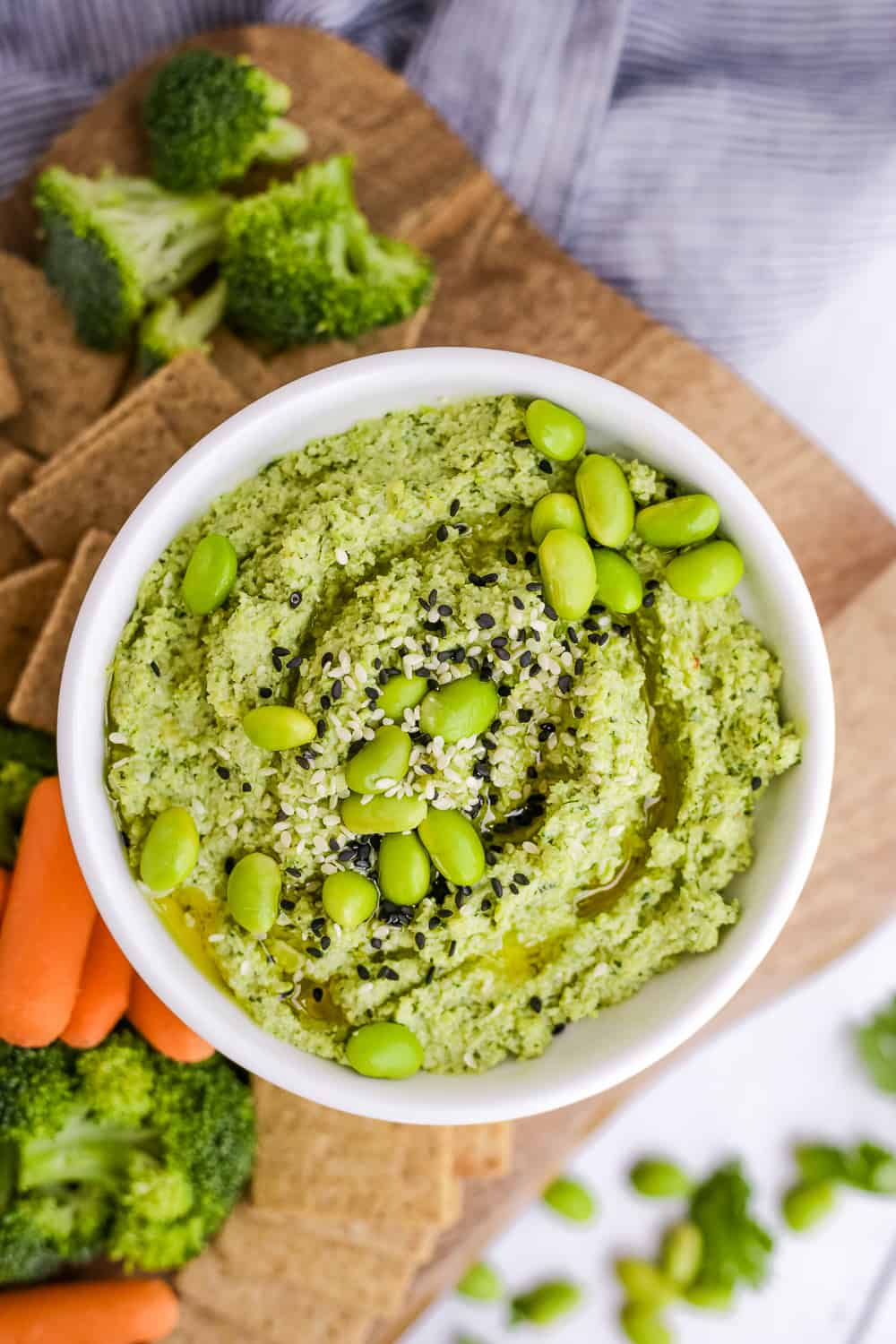
Some of these soy products may be difficult to find if you don’t have an Asian market or Asian grocery store near you. But as their popularity grows, I wouldn’t be surprised if they become more easy to find in the coming years.
For this post, I’m focusing on soy nutrition as it relates to whole soy foods in general, or tofu specifically. Other soy foods, especially packaged options like soy milk, soy sauce, and processed soy-based meat alternatives, have nutrition facts labels and ingredient lists that will tell you more about the nutrition composition of that particular item.
Fun Fact: The food industry is still split on whether it’s “soyfoods” or “soy food”. Both refer to the same collection of foods made with soy (no surprise there). But I agree with Soy Nutrition Institute (SNI Global) that the two-word usage feels right. You won’t be wrong using either one, but around here we stick with “soy foods” to be specific about the edible things derived from soybeans since soy is used for many other things that you shouldn’t be ingesting.
Basics of Tofu Nutrition
Tofu is a nutrition powerhouse! Just consider the following nutrients you can get from a tofu:
- Protein (more on that below)
- Fiber, about 2 grams per serving of firm tofu
- Fat, most of which is polyunsaturated fat with smaller amounts of monounsaturated and saturated fats
- Minerals including calcium, manganese, copper, selenium, phosphorus, iron, magnesium, and zinc
- Vitamins including vitamin A, vitamin K, plus folate and pantothenic acid (both of which are B vitamins)
- Much of this depends on the production method and whether or not it’s a fermented soy food. Refer to the nutrition facts label on the package for the most accurate nutrition content of any type of tofu or soy food.
When it comes to protein specifically, we can get a little more exact. Here’s what you can expect to get from some common soy foods:
- 17 grams of protein in 1 cup of edamame
- 8-10 grams of protein (or more) in 3 ounces of firm tofu, which is a pretty standard serving size
- 6 grams of protein in 3 ounces of silken tofu
Protein content can also vary a little bit between different brands. And if you’re lucky enough to get your hands on homemade tofu (which would be a rare treat in the U.S.) it’s tough to calculate accurately. Generally, assume that firm tofu will be higher in protein, fat, and calcium compared to other types of tofu.
But the good news is, tofu, edamame, and other soy foods (except soybean oil, which is all fat) are good sources of plant-based protein. So while we’re on that topic, let’s get into a little more detail about what that means for you.
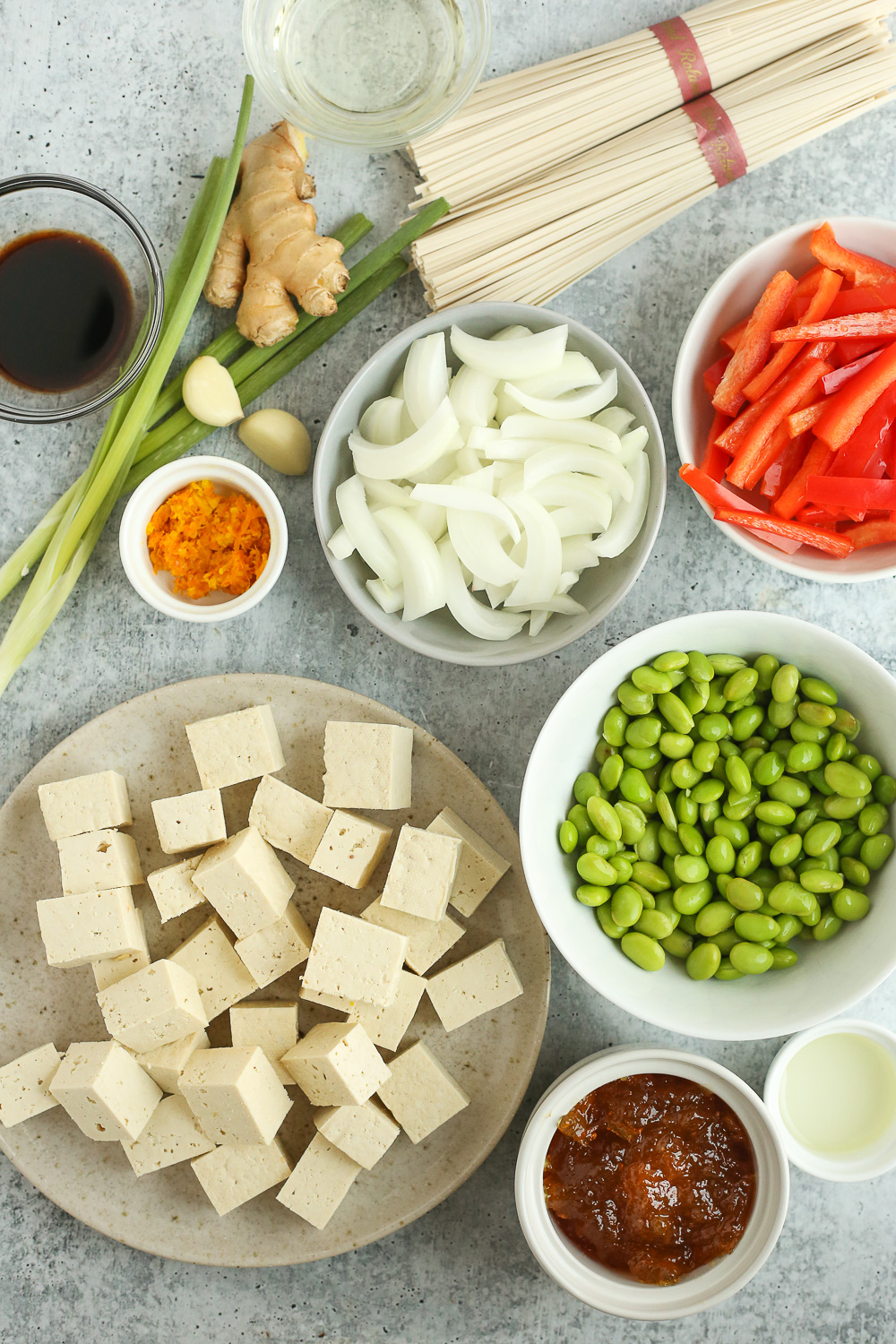
Is Tofu A Complete Protein?
Unlike other plant-based proteins sourced from 100% plant sources, tofu made from soybeans is a complete protein.
Proteins are made from individual amino acids, which are strung together to create unique proteins. Our bodies use these to give structure to body tissues, provide energy if needed, or produce hormones and enzymes (among other functions).
There are 20 different amino acids, 11 of which can be made in the body. These are grouped as “nonessential amino acids”. In other words, even if you never ate a single food with those amino acids, you’d still be fine. Your body would make what it needs. That’s not an ideal scenario, but they are nonessential in that sense. Some of these are “conditionally essential”, meaning in certain states of stress or illness the body needs some support from food sources.
But that’s another topic for another time; stay with me here.
The remaining nine amino acids are essential. Meaning, we have to get them from the foods in our diet. And when a food has all nine of those essential amino acids, it’s marked as a “complete protein”. Incomplete proteins, as you might guess, have some but not all of the essential amino acids. These are mostly plants, and animal protein is a complete protein. Tofu and other soy foods like edamame and tempeh are exceptions.
The Bottom Line: Don’t disregard incomplete proteins as inferior. They work just fine for vegetarian diets, vegan diets, and omnivorous diets alike!
No, incomplete proteins don’t have all nine essential amino acids but they offer other benefits. There’s no reason to stress about prioritizing complete proteins over incomplete proteins, but you can trust that tofu is indeed a high-quality, complete protein. If you’re getting a variety of other protein sources in a balanced diet, you likely have little to worry about.
So not only is it safe to eat tofu every day, it might actually have some health benefits. Keep reading to take a closer look!
Soy Isoflavones
Shifting attention away from protein, let’s talk soy isoflavones next. Because while our food culture is fixated on getting enough protein, there are many other components of a food like tofu that are worth covering.
When it comes to tofu and soybeans, there are three unique isoflavones contained within: genistein, daidzein, and glycitein.
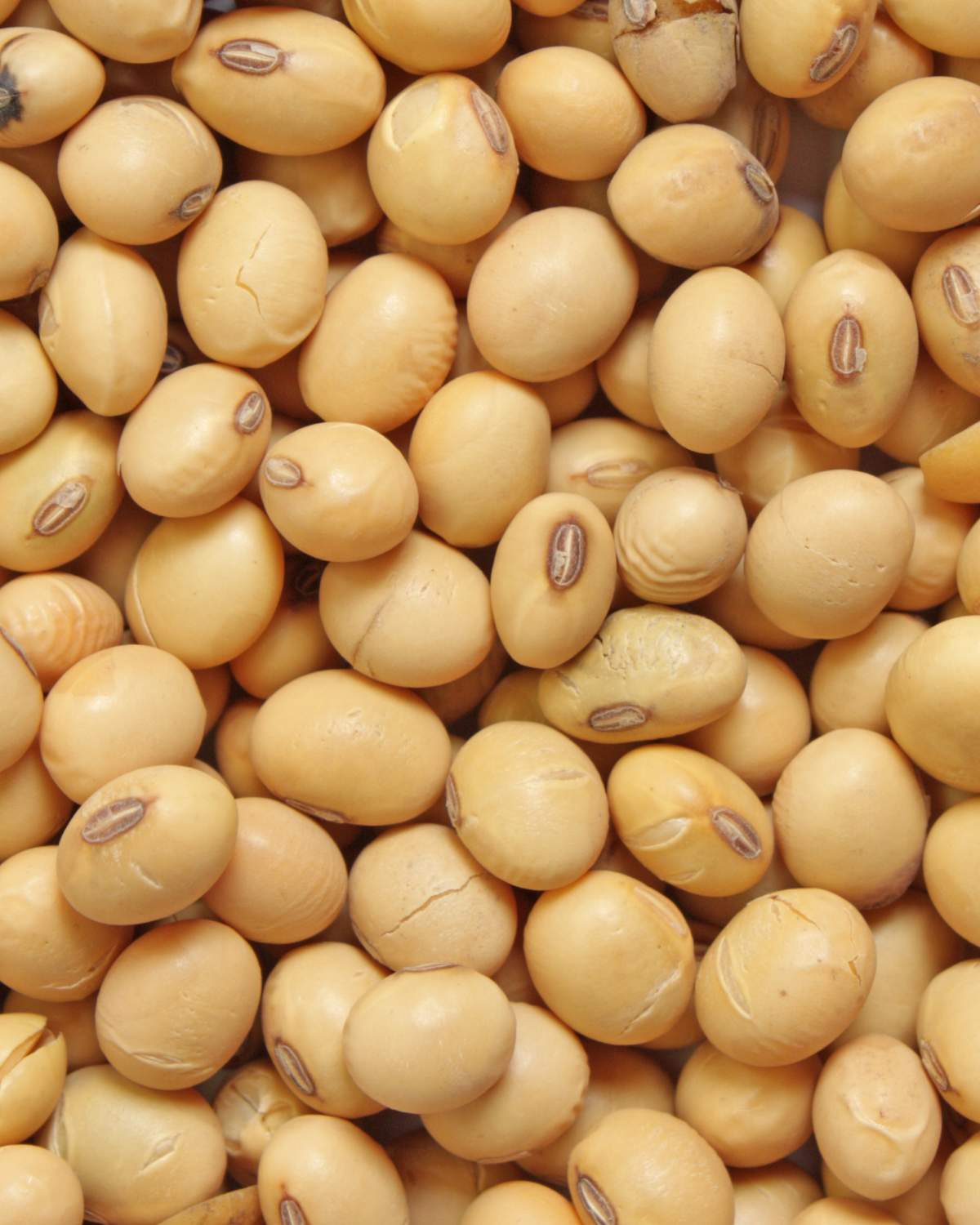
Don’t worry, I won’t bore you with too much science. The main takeaways are:
- Yes, isoflavones are a type of plant estrogen called phytoestrogens. They are naturally occurring and soy foods have the highest concentration of these isoflavones.
- Yes, your body makes its own type of estrogen, too. It’s an important sex hormone that has many functions for reproductive health and development in both sexes and all genders.
- No, phytoestrogens (plant hormones) aren’t the same as estrogen (human hormone).
- No, there’s no evidence suggesting it’s dangerous to eat food sources of phytoestrogens like isoflavones from soy.
Since 2012, the American Institute for Cancer Research and the American Cancer Society have said it’s safe to consume soy foods. This goes for breast cancer patients who are currently undergoing treatment. And according to MD Anderson Cancer Center, this even applies to people with estrogen-positive types of breast cancer or the BRCA1 and BRCA2 gene mutations.
There are no studies that suggest eating tofu or other soy foods increases the risk of cancer reoccurrence, either.
The Bottom Line: A few animals studies stoked fear around tofu and soy foods because of the phytoestrogens. But the current evidence says it’s not only safe to eat tofu and soy foods, it can actually be beneficial.
But the soy estrogen myth and cancer isn’t the only thing that got people concerned. Next, I’ll address the fear of feminizing effects from eating soy foods like tofu and drinking soy milk.
Does Soy Make Men More Feminine?
Short answer: No. Eating tofu or soy foods will not make you feminine or undermine masculinity in any way.
Long answer: Similar to the soy and cancer myth, a few facts were misinterpreted and taken out of context. The result is a long-standing but debunked myth. Eating a lot of tofu or drinking a lot of soy milk will not cause men to develop gynecomastia (“man boobs”), lower testosterone levels, or cause a significant reduction in sperm count.
A 2021 review looked at 41 studies, including 38 clinical trials. The reviewers looked at total testosterone, free testosterone, estradiol, and estrone. No matter the study design or statistical model, it concluded “no significant effects of soy protein or isoflavone intake on any of the outcomes measured were found.”
It’s worth acknowledging that there are two case studies that noted feminizing effects for two different men who were consuming excessive amounts of soy. In one (published in 2008) a 60-year old man was drinking approximately three quarts of soy milk per day. When he stopped, his symptoms resolved. In the other (published in 2011) a 19-year old man reported a sudden loss of libido and erectile dysfunction after eating large amounts of soy-based foods as part of his vegan diet. He quit his vegan diet and after one year, everything returned to normal.
In both of these cases, the men were consuming about 9 times more isoflavones than the typical Japanese man. Even if you ate more tofu than the average person, say four servings per day, you’d only be getting about 100 mg of isoflavones per day. No human studies exist to back up these isolated cases.
Simply put, it’s extremely unlikely you will experience any feminizing effects, even if you eat a reasonable and realistic amount of tofu every single day.
Don’t just take my word for it – look at the many cultures and Asian countries have been eating tofu and soy foods for generations. This harmful myth is not just taking rare case studies and blowing them out of proportion. It also props up derogatory claims about “soy boys” or how Asian men aren’t seen as masculine or desirable per Western beauty standards. Next time you hear an unsupported claim about tofu, soy, and testosterone, I hope you’ll use these facts to shut it down.
What About Soy and GMOs?
Alright, hormone health aside, let’s briefly talk soy production and agriculture. Another common myth is that tofu isn’t safe because it’s made with GMO soybeans. True or false?
False!
While it’s true that most soybeans grown in the US are GMOs (genetically modified organisms), there is no evidence suggesting there’s a nutritional difference between GM (genetically modified) and non-GM soybeans.
More importantly, there is no data showing GMO soybeans are harmful when consumed as soy foods, tofu, edamame, etc.
Similar to how you’d have to eat a completely unrealistic amount of tofu to get “too many” isoflavones, it’s just not possible to eat enough tofu to put yourself at risk of negative effects due to GMOs. GM crops are “the most extensively tested crops ever added to our food supply,” according to the American Association for the Advancement of Science.
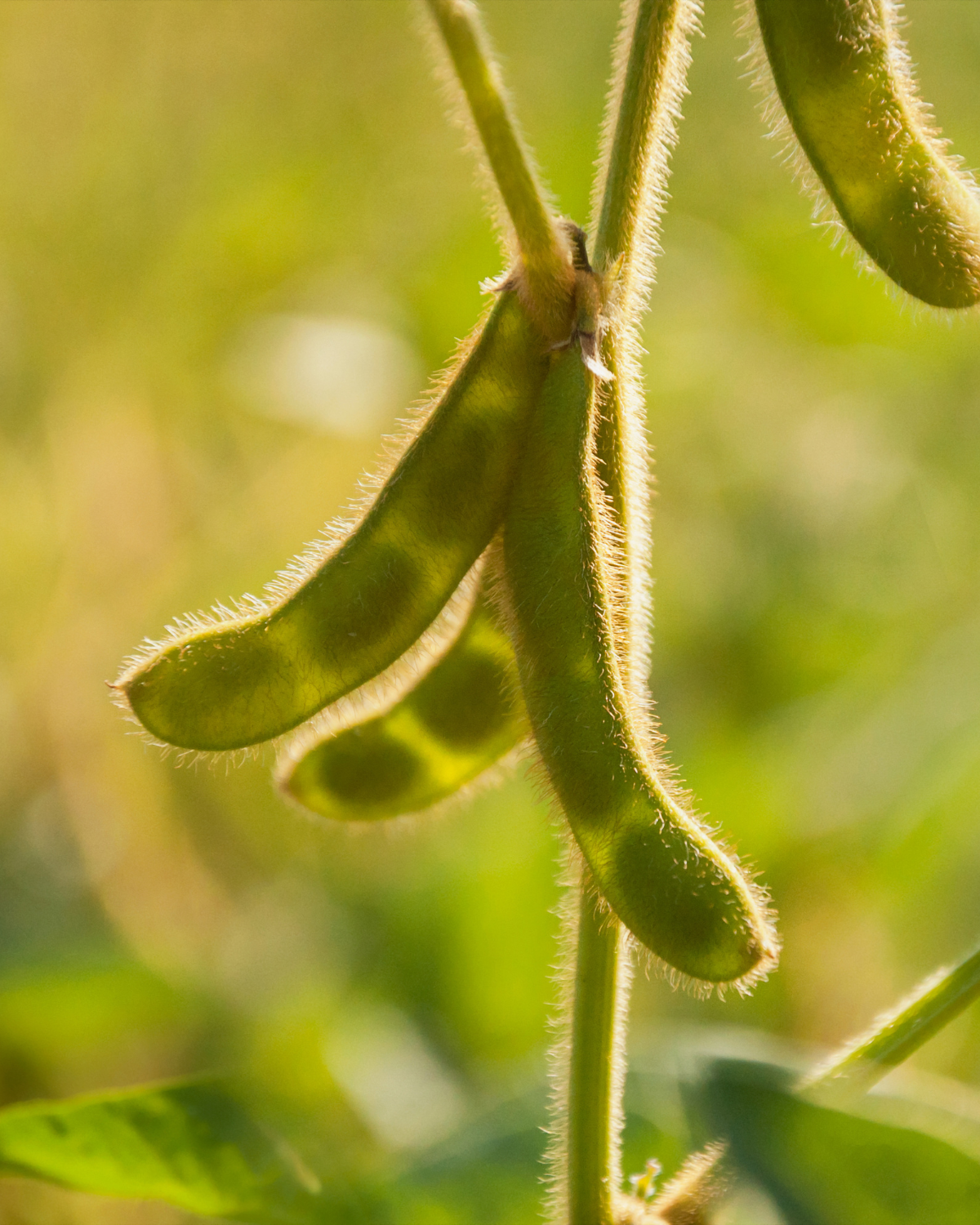
If you’re concerned, however, I recommend looking for certified organic soy foods or organic tofu. In order to meet the requirements for the USDA Organic certification, foods must be made without any GM, GE (genetically engineered) ingredients.
I personally don’t have an issue with GM or GE technology, as it can help reduce the need for pesticides, improve soil quality, increase yields, and support sustainability efforts. But I understand if your preference differs from mine, which is why I support the wide variety of soy foods available to us.
A Note About Soy Allergies
There are millions of people affected by food allergies in the United States and around the world. I don’t want to diminish the fact that it’s a very real and very serious concern for many people. As a dietitian, a big part of my job is helping people navigate how to eat according to their needs (like avoiding allergies) while also leaving room for their lifestyle, budget, and taste preferences.
Soy is one of the Big 9 Allergens. The other major food allergens include: milk, eggs, fish, crustacean shellfish, tree nuts, peanuts, wheat, and sesame. Together, list list represents 90% of all allergies in the United States. These common allergens must be clearly labeled on food packages.
Of all nine major food allergens, soy has one of the lowest prevalence rates. Only sesame ranks lower. The American College of Allergy, Asthma, and Immunology reports most soy allergies will appear before age 3. But 70% of children with a soy allergy will outgrow it by age 10.
Severe anaphylactic allergies to soy are rare, but possible. Diagnosis can be tricky, so if you or someone you know is experiencing a reaction after eating foods containing soy foods or soy products, consult with an allergist to confirm and create a management plan. This involves carrying an EpiPen (if necessary for anaphylaxis reactions) and avoiding all foods containing soy. The exception is soybean oil (vegetable oil). Soybean oil doesn’t contain enough protein to bring on an allergic reaction. It’s not considered an allergen and won’t be labeled that way on food packaging.
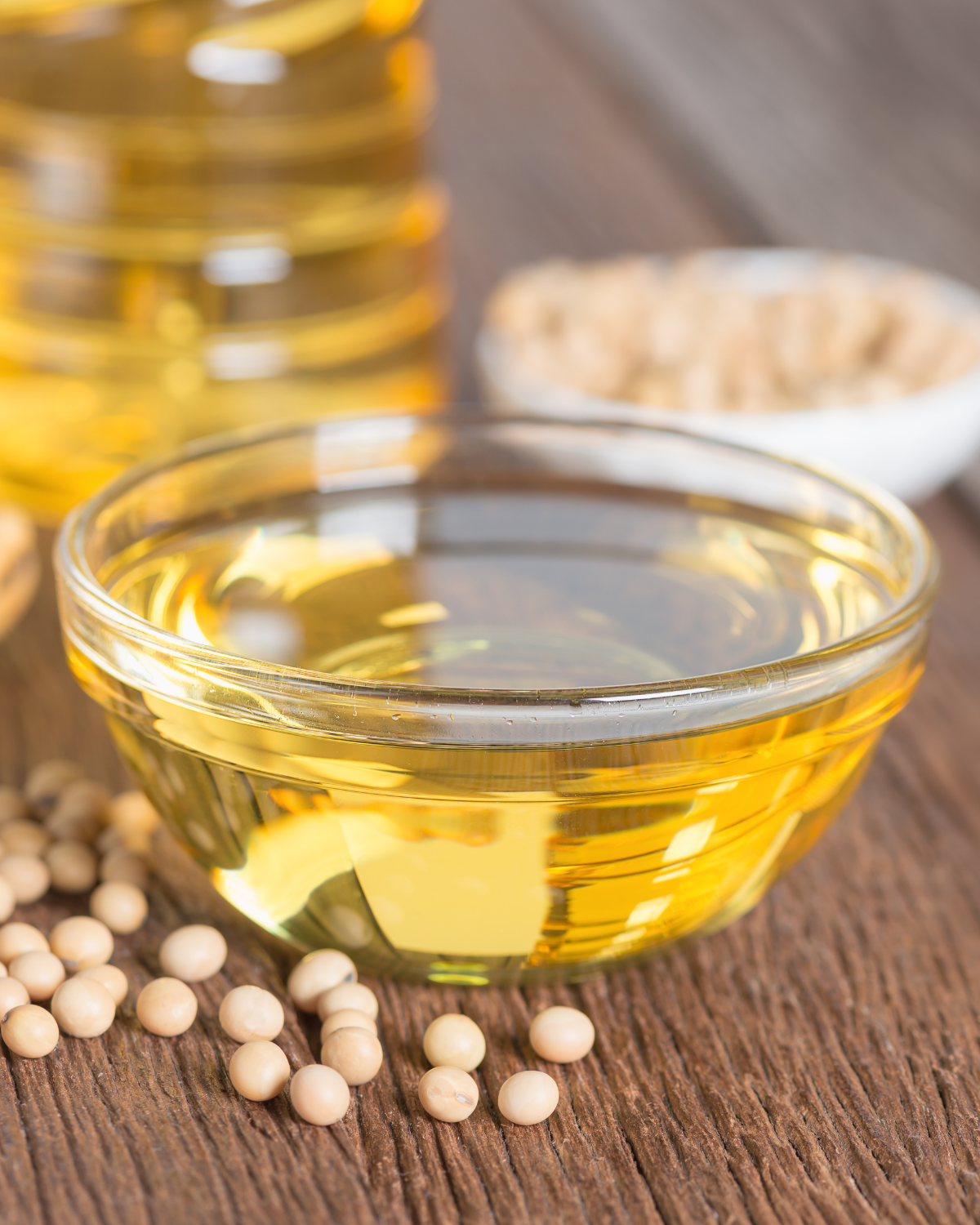
This is good news, because soybean oil carries the Food & Drug Administration’s heart health claim, meaning it may recuse the risk of coronary heart disease. It’s a neutral cooking oil with many versatile uses that even people with soy allergies can safely use.
Street Smart Nutrition Tip: Soybean oil is a good source of heart-healthy omega-3 fatty acids, and may help reduce high blood pressure. Consider this another option if you aren’t a fan of omega-3 rich seafood sources, or also have a seafood and shellfish allergy.
Soy Allergies vs. Intolerance
It’s also important to note that a food allergy is NOT the same thing as an intolerance or sensitivity.
An allergic response to soy foods is an immune response. The body is reacting to the presence of proteins.
On the other hand, an intolerance or sensitivity has more to do with how the body digests soy foods like tofu. If your body has trouble doing this, be prepared for bloating, indigestion, or other GI symptoms.
It can get confusing because some soy foods like firm tofu, miso, and edamame are low-FODMAP foods and likely won’t worsen IBS or IBD symptoms. But silken tofu, soy yogurt, and TVP (textured vegetable protein) are high-FODMAP foods. Other soy foods, like natto and soy nuts, have not been tested to determine their FODMAP status.
As always, consult with a registered dietitian and your healthcare team if you have specific questions about how to incorporate soy foods and tofu into your diet.
So we’ve covered a lot of ground here…and we come back to the original question.
Is It Safe to Eat Tofu Every Day?
Yes! You can safely eat tofu every day if you want to. Many people around the world do just that with no risk to their long-term health or wellbeing.
Consuming soy foods like tofu, edamame, tempeh, and miso is safe and beneficial for most people (except those with a soy allergy). Soy protein is a great way to add more plant-based protein to your diet. Soy foods are full of fiber and other nutrients. Cooking different types of tofu gives you versatile options, from sweet to savory, appetizers to soups to main dish, and everything in between.
As the popularity and availability of soy foods go up, so does the potential for reaping health benefits from eating them. You no longer have to venture far and wide to find them; most supermarkets carry multiple options for frozen edamame (both shelled and unshelled), tempeh, miso, and tofu. It can range from very soft, silken varieties, which are great for adding to smoothies and thickening sauces, to firm and extra firm, which are ideal for battering and pan-frying, stir-frying, or baking.
Tofu Recipes and Cooking Tips
If you want some ideas to try to include more soy foods in your meals, check out these recipes!
- Dubu Jorim (Spicy Braised Tofu), a classic Korean side dish
- Simple Sesame Edamame Hummus
- Vegetarian Stir Fry with Crispy Orange Tofu and Edamame
- Slow Cooker Butternut Squash and Sweet Potato Soup, made with miso and soft tofu
- Sweet Miso Pork Stir Fry
- Miso-Mushroom Steel Cut Oat Risotto
You can also use edamame as a simple snack option. A block of tofu can go a long way towards making a quick, simple, and sometimes relatively affordable meal when combined with other shelf-stable pantry foods or frozen and canned foods.
When cooking tofu at home, you may need to press it to remove excess moisture. This is helpful if you want to get a crispy or crunchy exterior. But if you’re blending it into soups or smoothies, or using soft or silken tofu, this step isn’t necessary.
Rest assured you won’t be jeopardizing your short- or long-term health by eating tofu every day. Tofu can absolutely be part of a healthy diet for most people.
The benefits of its high protein content, versatility, and convenience outweighs any potential risks, so enjoy a serving of tofu (or two) per day if you want to.
As always, thanks for stopping by the Street Smart Nutrition blog. Cheers to more fearlessly nourishing meals!
Disclosure: A version of this post was first published in August 2021. It has since been updated to improve the overall quality of the information and reflect the currently available evidence.
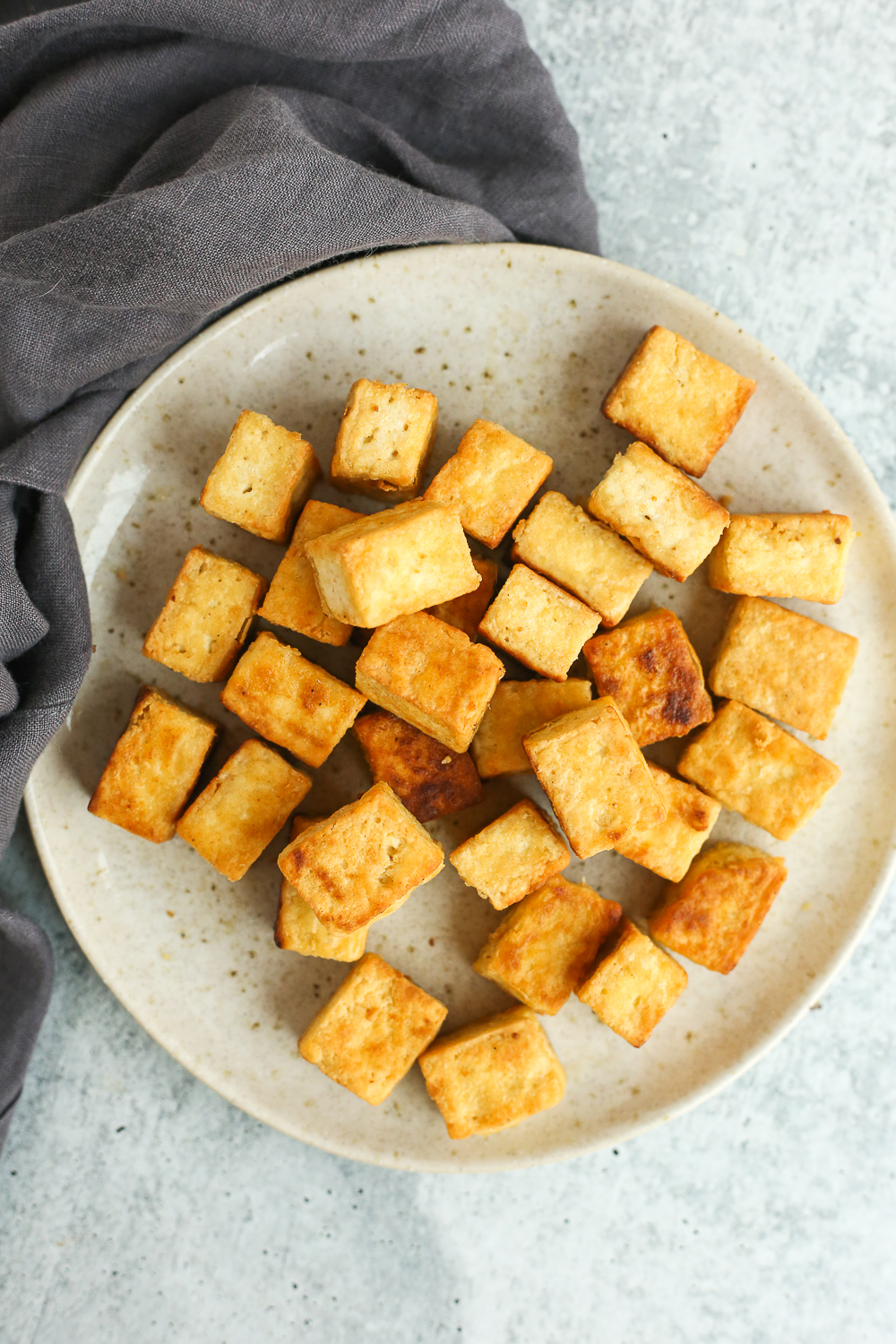

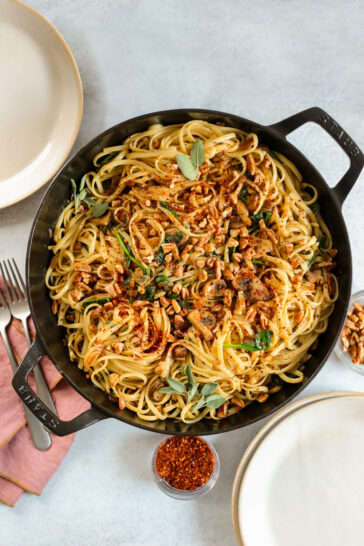
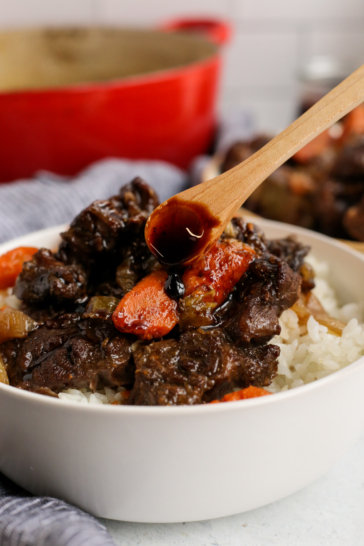
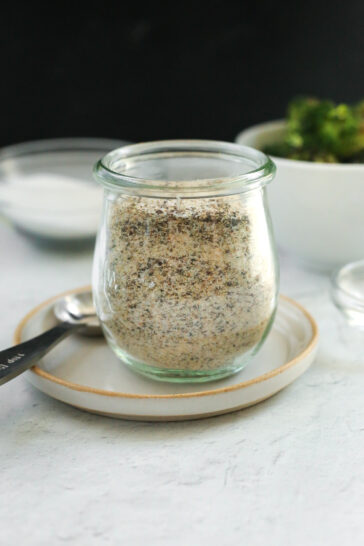
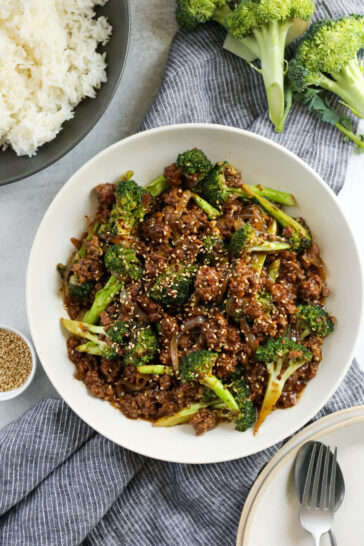

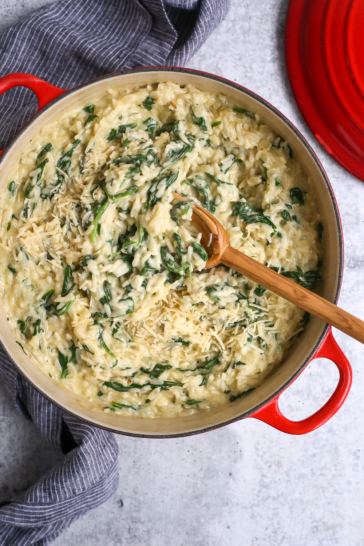



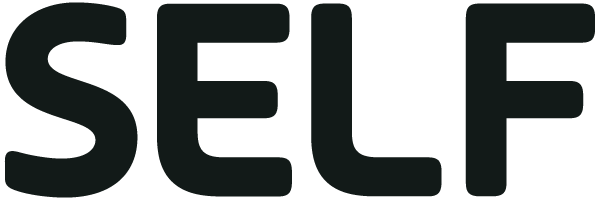



Questions & Reviews